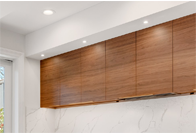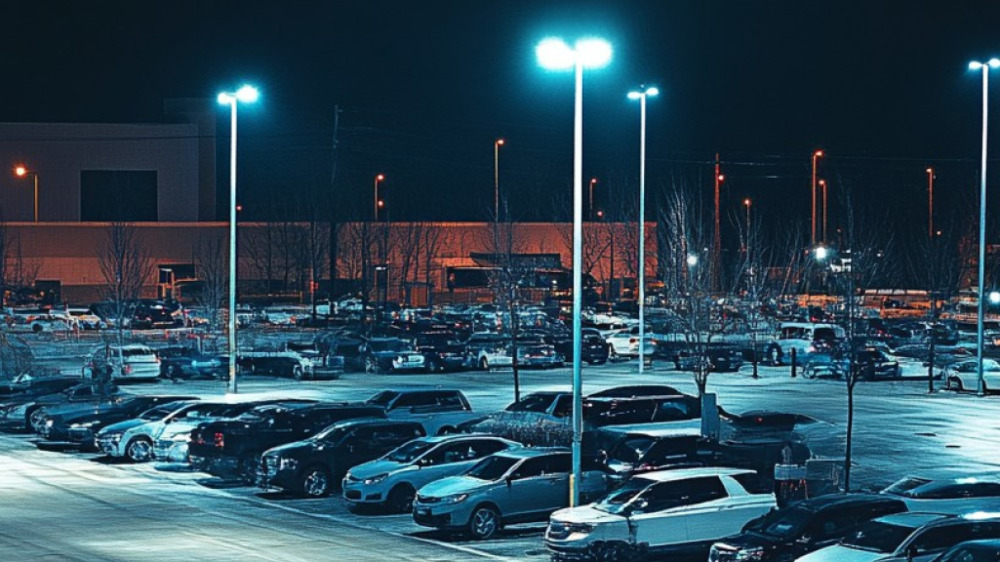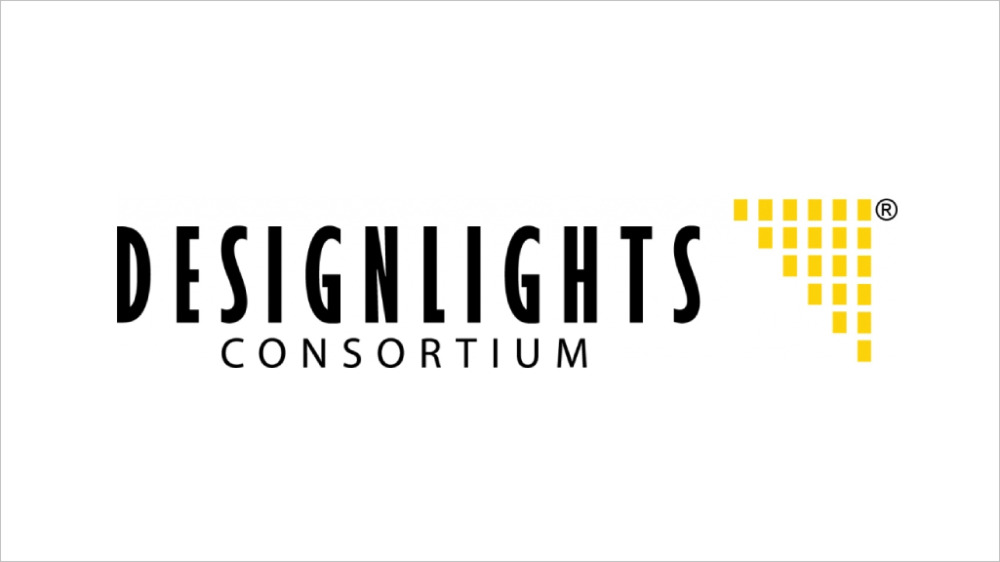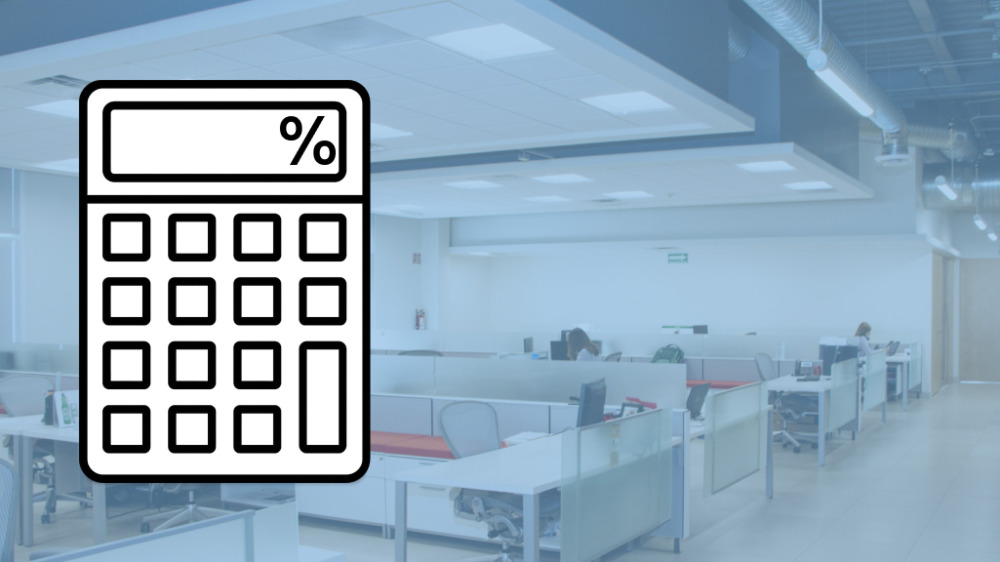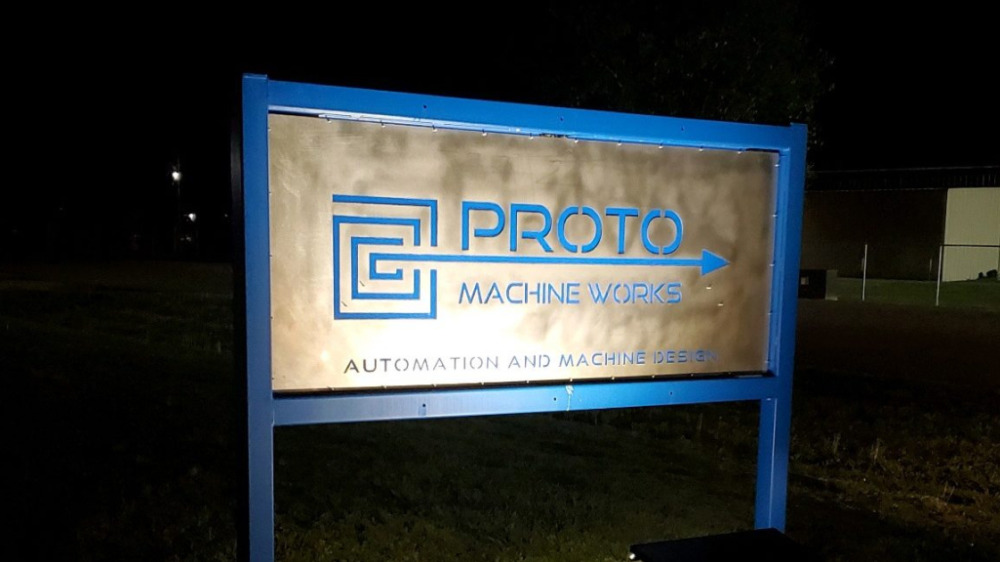Décoder le mystère des indices IP : comprendre la protection dans l'éclairage
- By deepak mishra
- 14 nov. 2024
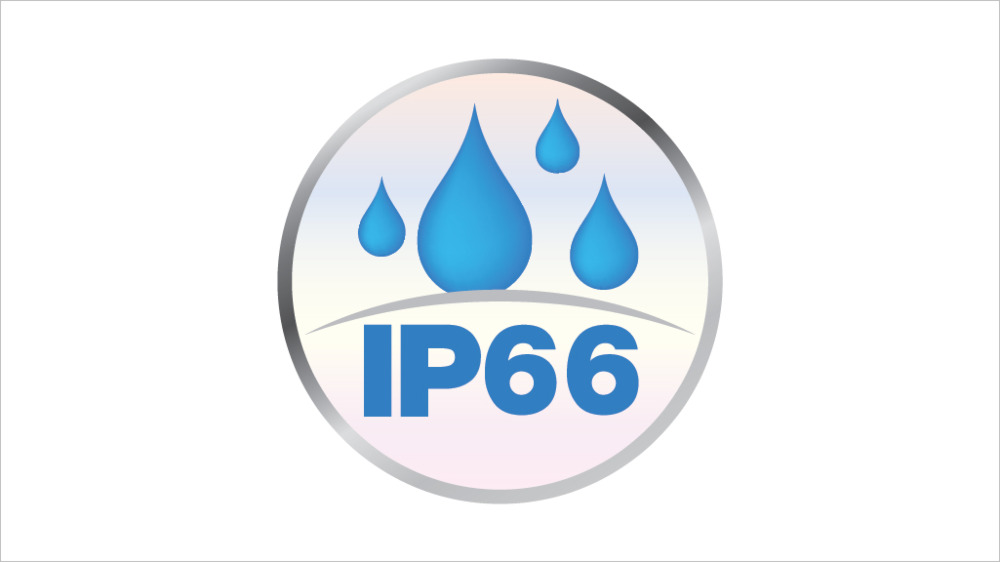
Decoding the Mystery of IP Ratings: Understanding Protection in Lighting
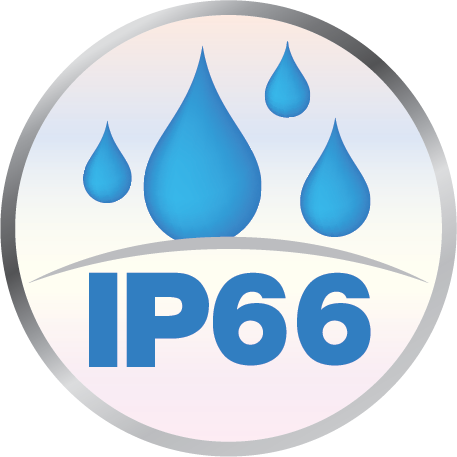
- IP0X: No protection against solid objects.
- IP1X: Protection against solid objects larger than 50mm, such as a hand.
- IP2X: Protection against solid objects larger than 12.5mm, such as a finger.
- IP3X: Protection against solid objects larger than 2.5mm, such as a tool or a wire.
- IP4X: Protection against solid objects larger than 1mm, such as small wires or screws.
- IP5X: Protection against dust, but not completely dust-tight.
- IP6X: Complete protection against dust.
The second digit of the IP rating represents the level of protection against liquids, with a range of 0 to 8. The test requirements for this digit include measuring the protection against water from different directions and at different pressures.
- IPX0: No protection against liquids.
- IPX1: Protection against vertically dripping water.
- IPX2: Protection against water dripping at a 15-degree angle.
- IPX3: Protection against water spraying at a 60-degree angle.
- IPX4: Protection against water splashing from any direction.
- IPX5: Protection against water jets from any direction.
- IPX6: Protection against powerful water jets from any direction.
- IPX7: Protection against immersion in water up to 1 meter for 30 minutes.
- IPX8: Protection against prolonged immersion in water under specific pressure and time.
It's important to note that the test requirements for IP ratings may vary depending on the specific standard or regulations in your region. Always consult with professionals and conduct proper research to ensure compliance with local standards and regulations. In summary, IP ratings are a crucial aspect to consider when selecting lighting fixtures for any project. They provide a standard way to measure the level of protection that a light fixture has against dust and water. The first digit of the IP rating represents the level of protection against solid objects and the second digit represents the level of protection against liquids. It's important to consult with professionals and conduct proper research to understand the specific test requirements for each IP rating and to ensure compliance with local standards and regulations.
IP ratings, or ingress protection ratings, are a crucial aspect to consider when selecting lighting fixtures for any project, whether it's for a residential, commercial, or industrial setting. These ratings determine the level of protection that a light fixture has against dust and water, making it essential to understand how to choose the right IP rating for your specific application.
The IP rating system was developed by the International Electrotechnical Commission (IEC), and it's used to classify the level of protection provided by electrical equipment against the intrusion of solid objects and liquids. The rating is represented by two digits, with the first digit indicating the level of protection against solid objects and the second digit indicating the level of protection against liquids.
To determine the ideal IP rating for a project, it's essential to consider the environment in which the lighting fixtures will be used. For example, a lighting fixture that will be used in a bathroom or a kitchen will require a higher IP rating than one that will be used in a bedroom or a living room.
For example, an IP65 rating means that the fixture is protected against dust and can withstand water jets from any direction, making it suitable for outdoor use. On the other hand, an IP20 rating means that the fixture is only protected against solid objects larger than 12.5mm and is not protected against water, making it suitable for indoor use only.
But what do these numbers really mean? The first digit of the IP rating represents the level of protection against solid objects, with a range of 0 to 6. The test requirements for this digit include measuring the protection against access to hazardous parts with tools, fingers, and similar objects.
- IP0X: No protection against solid objects.
- IP1X: Protection against solid objects larger than 50mm, such as a hand.
- IP2X: Protection against solid objects larger than 12.5mm, such as a finger.
- IP3X: Protection against solid objects larger than 2.5mm, such as a tool or a wire.
- IP4X: Protection against solid objects larger than 1mm, such as small wires or screws.
- IP5X: Protection against dust, but not completely dust-tight. IP6X: Complete protection against dust.
The second digit of the IP rating represents the level of protection against liquids, with a range of 0 to 8. The test requirements for this digit include measuring the protection against water from different directions and at different pressures.
IPX0: No protection against liquids. IPX1: Protection against vertically dripping water. IPX2: Protection against water dripping at a 15-degree angle. IPX3: Protection against water spraying at a 60-degree angle. IPX4: Protection against water splashing from any direction. IPX5: Protection against water jets from any direction. IPX6: Protection against powerful water jets from any direction. IPX7: Protection against immersion in water up to 1 meter for 30 minutes. IPX8: Protection against prolonged immersion in water under specific pressure and time.
It's important to note that the test requirements for IP ratings may vary depending on the specific standard or regulations in your region. Always consult with professionals and conduct proper research to ensure compliance with local standards and regulations. However, it's not all black and white, some people believe that a higher IP rating always means better protection, but that's not always the case. It's essential to understand that the IP rating only applies to the specific test conditions defined by the IEC, and it doesn't necessarily translate to real-world use. Another misconception is that a higher IP rating means that the light fixture is waterproof, but that's not always the case. A light fixture with an IP65 rating, for example, is protected against water jets from any direction, but it's not designed to be submerged in water. It's essential to understand the specific requirements and limitations of each IP rating to ensure that you're selecting the right lighting fixtures for your project.
In conclusion, IP ratings are an essential aspect to consider when selecting lighting fixtures for any project. These ratings determine the level of protection that a light fixture has against dust and water, making it essential to understand how to choose the right IP rating for your specific application. By understanding the test requirements for the two digits of an IP rating, you can make an informed decision when selecting lighting fixtures that will meet your needs and provide the level of protection required for your project. Remember to consult with professionals and conduct proper research to ensure compliance with local standards and regulations.
Décoder le mystère des indices IP : comprendre la protection dans l'éclairage


Les IP ratings, ou niveaux de protection IP, sont un aspect crucial à prendre en compte lors du choix des luminaires pour tout projet, qu'il s'agisse d'un environnement résidentiel, commercial ou industriel. Ces niveaux déterminent le degré de protection qu'un luminaire offre contre la poussière et l'eau, il est donc essentiel de savoir comment choisir le bon niveau de protection IP pour votre application spécifique.
Le système de notation IP a été développé par la Commission électrotechnique internationale (CEI) et est utilisé pour classer le niveau de protection fourni par les équipements électriques contre l'intrusion d'objets solides et de liquides. La notation est représentée par deux chiffres, le premier indiquant le niveau de protection contre les objets solides et le deuxième indiquant le niveau de protection contre les liquides.
Pour déterminer le niveau de protection IP idéal pour un projet, il est essentiel de tenir compte de l'environnement dans lequel les luminaires seront utilisés. Par exemple, un luminaire destiné à être utilisé dans une salle de bain ou une cuisine nécessitera un niveau de protection IP plus élevé qu'un luminaire destiné à être utilisé dans une chambre ou un salon. Mais que signifient vraiment ces numéros? Le premier chiffre de la notation IP représente le niveau de protection contre les objets solides, avec une plage de 0 à 6. Les exigences de test pour ce chiffre comprennent la mesure de la protection contre l'accès aux parties dangereuses avec des outils, des doigts et des objets similaires.
- IP0X: Aucune protection contre les objets solides.
- IP1X: Protection contre les objets solides de plus de 50 mm, tels qu'une main.
- IP2X: Protection contre les objets solides de plus de 12,5 mm, tels qu'un doigt.
- IP3X: Protection contre les objets solides de plus de 2,5 mm, tels qu'un outil ou un fil.
- IP4X: Protection contre les objets solides de plus de 1 mm, tels que de petits fils ou des vis.
- IP5X: Protection contre la poussière, mais pas complètement étanche à la poussière.
- IP6X: Protection complète contre la poussière.
Le deuxième chiffre de la notation IP représente le niveau de protection contre les liquides, avec une plage de 0 à 8. Les exigences de test pour ce chiffre comprennent la mesure de la protection contre l'eau provenant de différentes directions et à différentes pressions.
- IPX0: Aucune protection contre les liquides.
- IPX1: Protection contre l'eau qui goutte verticalement.
- IPX2: Protection contre l'eau qui goutte à un angle de 15 degrés.
- IPX3: Protection contre l'eau pulvérisée à un angle de 60 degrés.
- IPX4: Protection contre l'eau qui éclabousse de n'importe quelle direction.
- IPX5: Protection contre les jets d'eau de n'importe quelle direction.
- IPX6: Protection contre les jets d'eau puissants de n'importe quelle direction.
- IPX7: Protection contre l'immersion dans l'eau jusqu'à 1 mètre pendant 30 minutes.
- IPX8: Protection contre l'immersion prolongée dans l'eau sous une pression et un temps
Il est important de noter que les exigences de test pour les indices IP peuvent varier en fonction de la norme ou des réglementations spécifiques de votre région. Consultez toujours des professionnels et effectuez des recherches appropriées pour garantir la conformité aux normes et réglementations locales.
Cependant, tout n'est pas noir sur blanc, certaines personnes pensent qu'un indice IP plus élevé signifie toujours une meilleure protection, mais ce n'est pas toujours le cas. Il est essentiel de comprendre que l'indice IP ne s'applique qu'aux conditions de test spécifiques définies par la CEI, et qu'il ne se traduit pas nécessairement par une utilisation dans le monde réel. Une autre idée fausse est qu'un indice IP plus élevé signifie que le luminaire est étanche, mais ce n'est pas toujours le cas. Un luminaire avec un indice de protection IP65, par exemple, est protégé contre les jets d'eau de toutes les directions, mais il n'est pas conçu pour être immergé dans l'eau. Il est essentiel de comprendre les exigences et les limites spécifiques de chaque indice IP pour vous assurer que vous sélectionnez les bons luminaires pour votre projet.
En conclusion, les cotes IP sont un aspect essentiel à prendre en compte lors de la sélection des luminaires pour tout projet. Ces cotes déterminent le niveau de protection d'un luminaire contre la poussière et l'eau, ce qui rend essentiel de comprendre comment choisir la bonne cote IP pour votre application spécifique. En comprenant les exigences de test pour les deux chiffres d'un indice IP, vous pouvez prendre une décision éclairée lors de la sélection des luminaires qui répondront à vos besoins et fourniront le niveau de protection requis pour votre projet. N'oubliez pas de consulter des professionnels et de mener des recherches appropriées pour assurer la conformité aux normes et réglementations locales.



